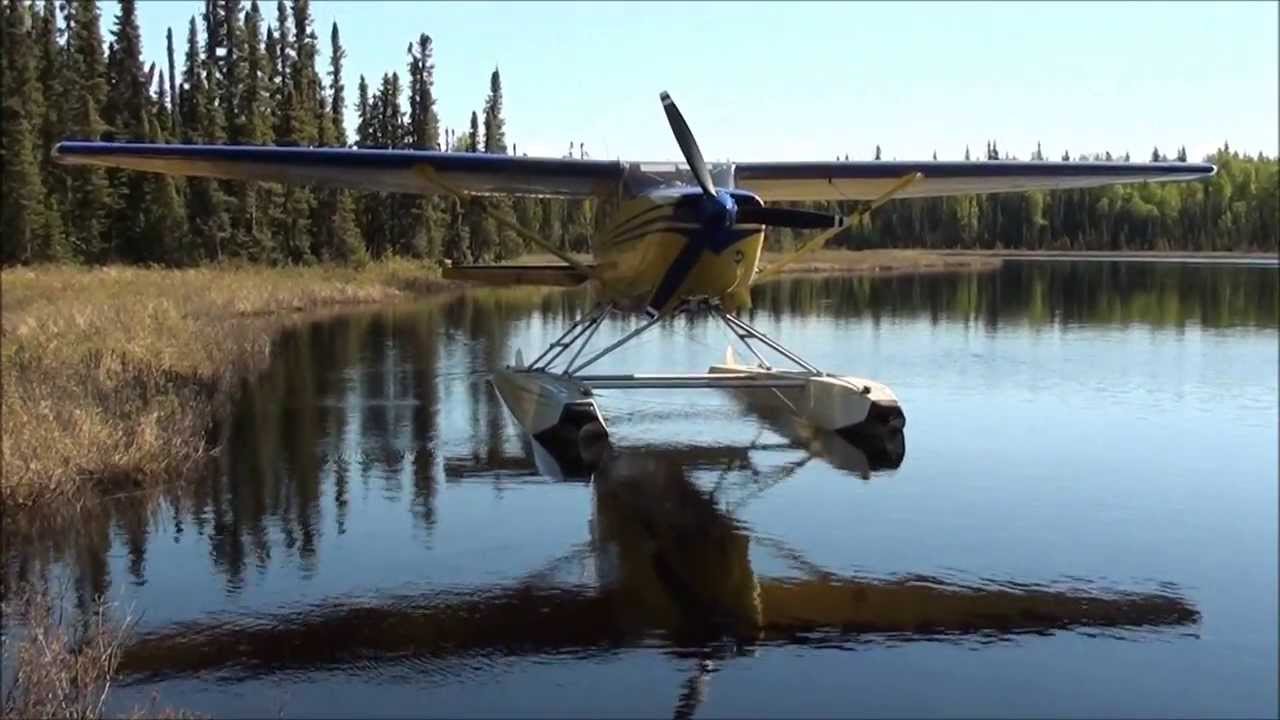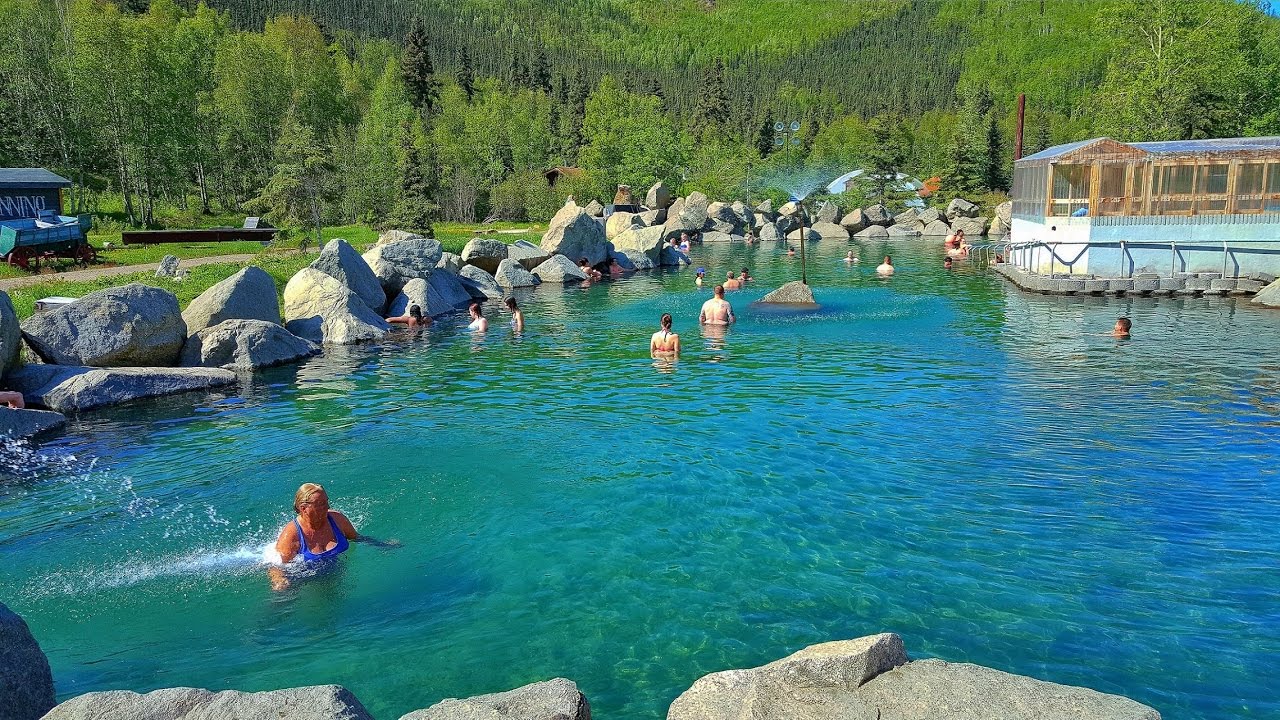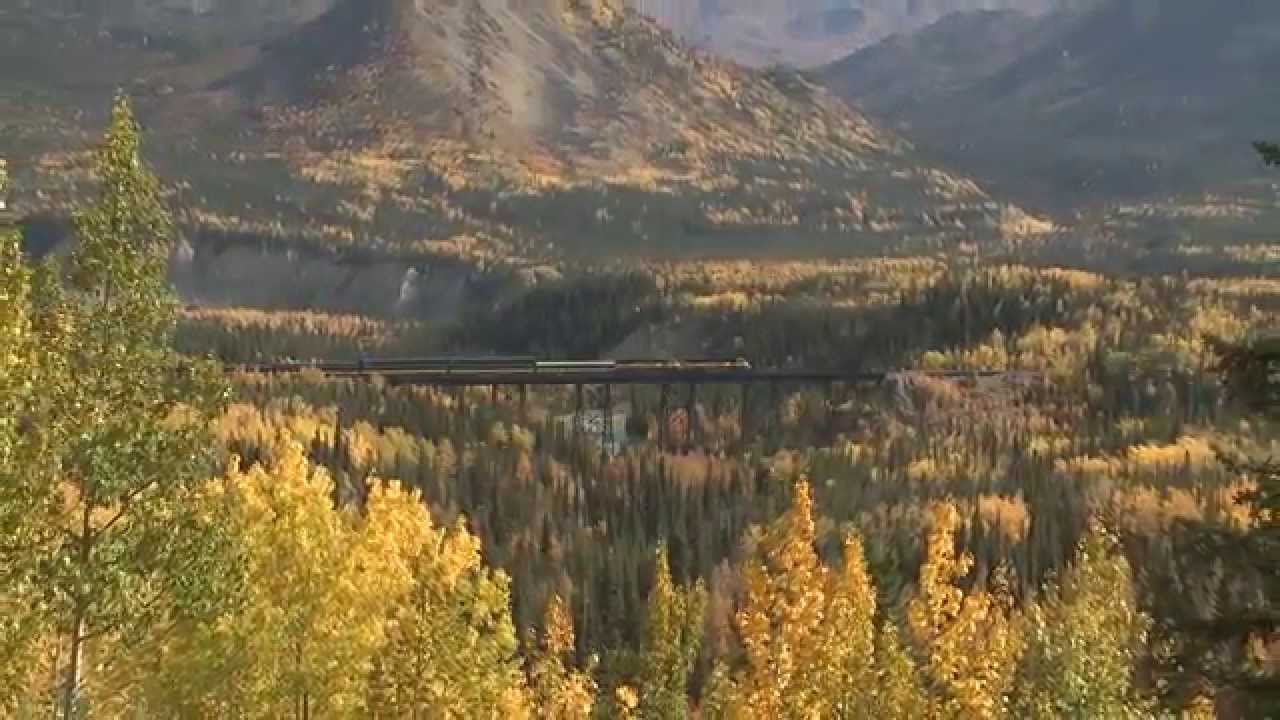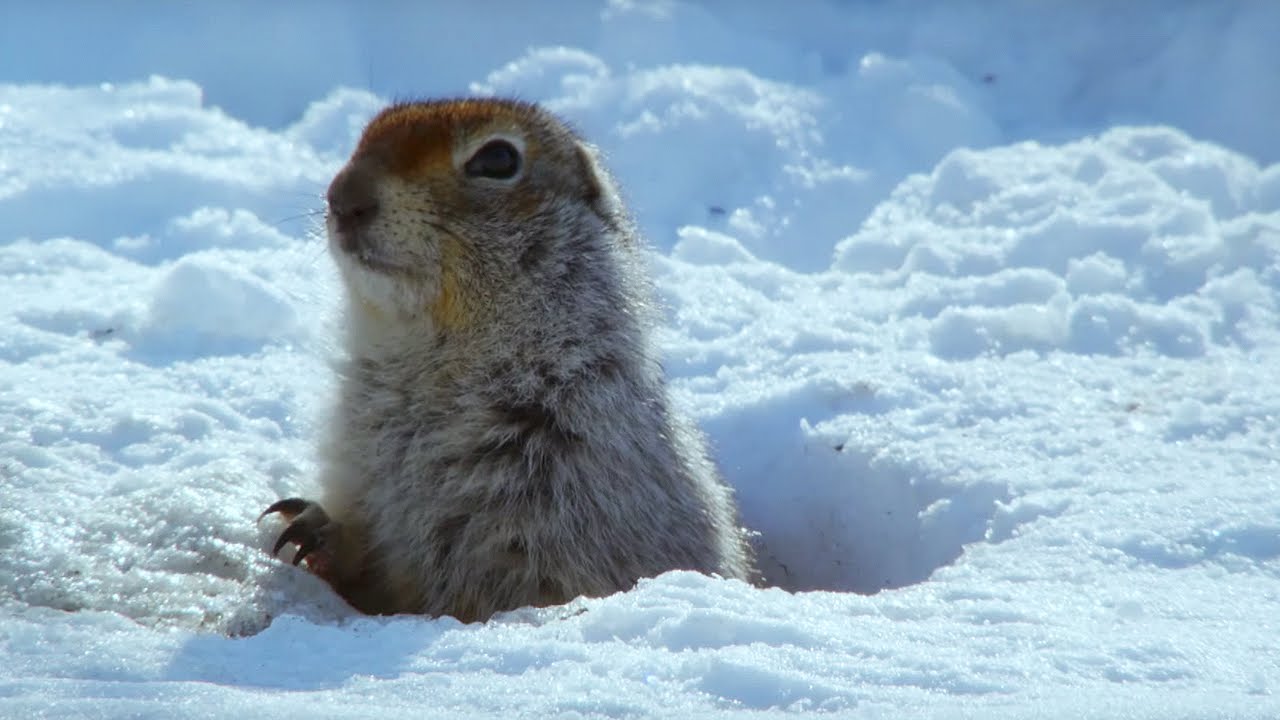Alaska Weather by Season
Although people often think of Alaska as being very cold and snowy, it actually does have separate, distinct climates and seasons. In fact, the summer months are very comfortable and the climate is perfect for a number of beautiful flowers to grow – as winter turns to spring, the city of Anchorage is covered in a rainbow of colors as the snow thaws and the warmer months come to the area. If you’re thinking about visiting Alaska, check out the following guide to the different seasons to find out what you can expect from the weather during these periods.
Spring in Alaska
Spring is a lovely and vibrant time in most of Alaska, as the snow begins to thaw and the beautiful blooms of the many native flower species are beginning to emerge. The average temperature in Anchorage from March to May ranges from thirty-four degrees to fifty-four degrees Fahrenheit – comparable to many northern areas in the contiguous United States. Of course, like many areas in the northern United States, there are cold spurts that can crop up – even in the later months of spring – but these are usually short-lived.

Summer in Alaska
Summer is an interesting time for those who live in Alaska – and those who are visiting – as the approach of the summer solstice causes daylight to continue at a twenty-four-hour/day constant. This occurs because of Alaska’s nearness to the North Pole and the cycle of the Earth as it tilts on its access and rotates around the sun. Consequently, the farther north that you travel in Alaska, the longer the period of constant daylight you’ll experience.
In addition, the weather during the months of June to August ranges from sixty-three to sixty-five degrees Fahrenheit on average, which many people have compared to the coastal temperatures of northern California, Oregon, and Washington. While you get all of the benefits of a nice summer atmosphere, the temperatures are so moderate that you don’t have to worry about the heat causing any complications.

Fall in Alaska
During the fall period in Alaska, the weather begins to wind down and the climate starts to turn cool again. The average temperatures from September to November range from fifty-seven to thirty-one degrees Fahrenheit, depending on the month. If you visit during the latter fall period you might even find yourself caught up in a rare snow storm. However, during this time, the days do start to get shorter again, as most people in the continental United States experience.

Winter in Alaska
And, as you might expect, winters in Alaska can be quite chilly, and there’s often a lot of snow. The average temperature from December to February ranges from twenty to twenty-six degrees Fahrenheit, and the days will get shorter and shorter until eventually there are only five hours of daylight in Anchorage around the winter solstice. If you were to travel farther north, you can visit parts of Alaska that don’t have any daylight during these periods. While this can be fun to see, make it a day trip from another city in Alaska, as many people find it difficult to handle these extended periods of darkness.

